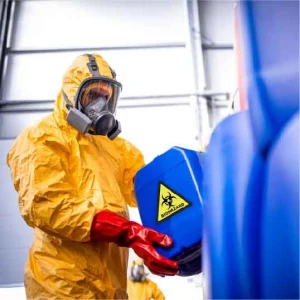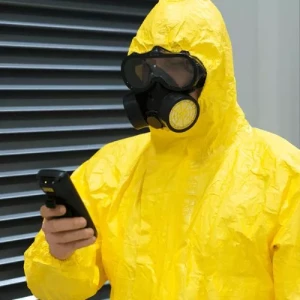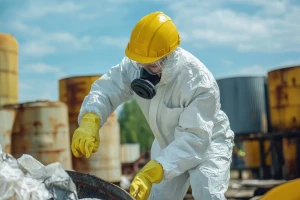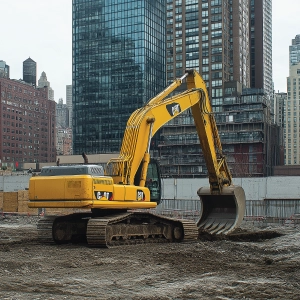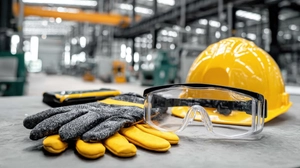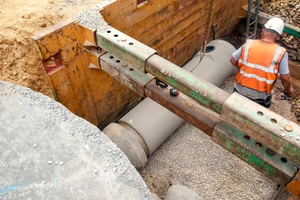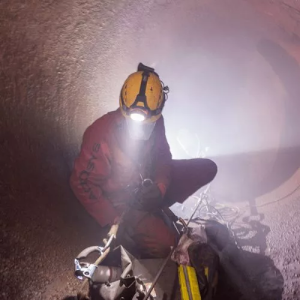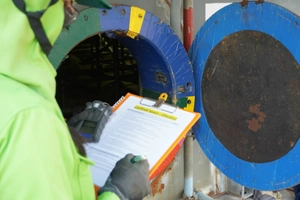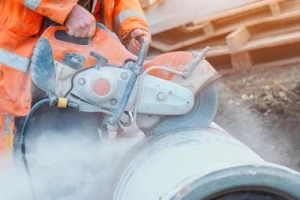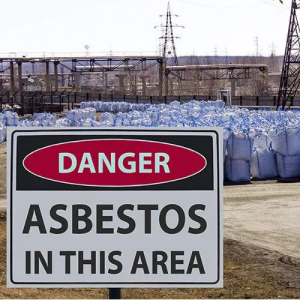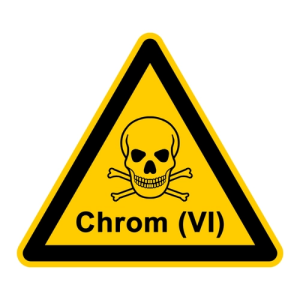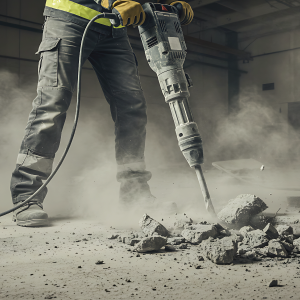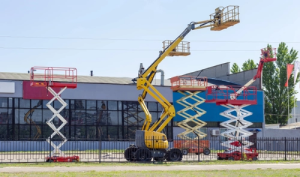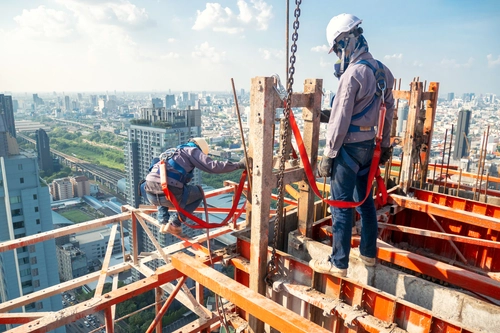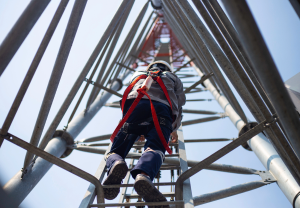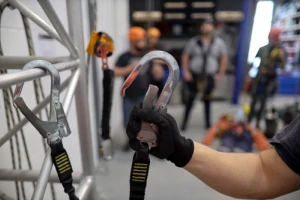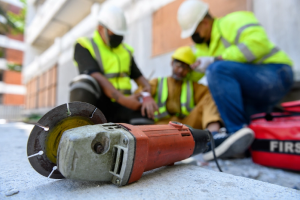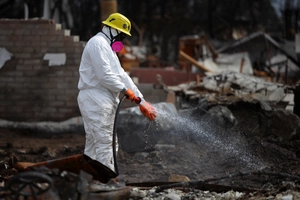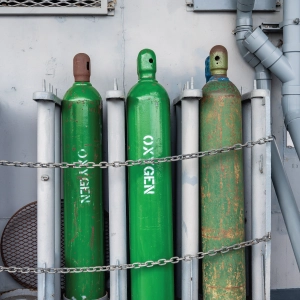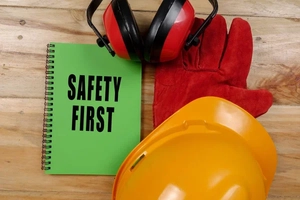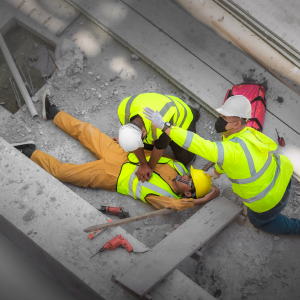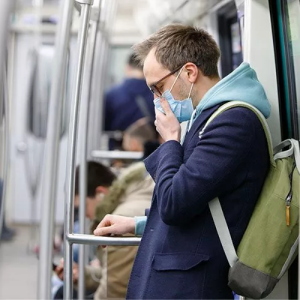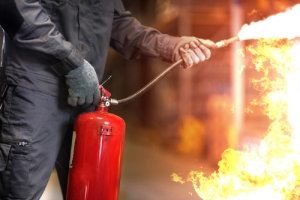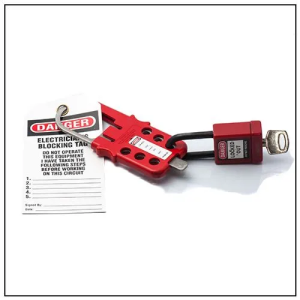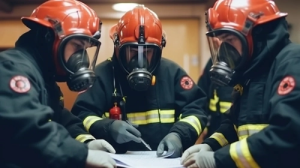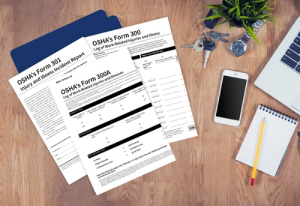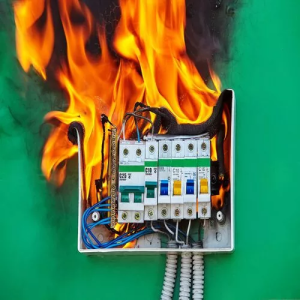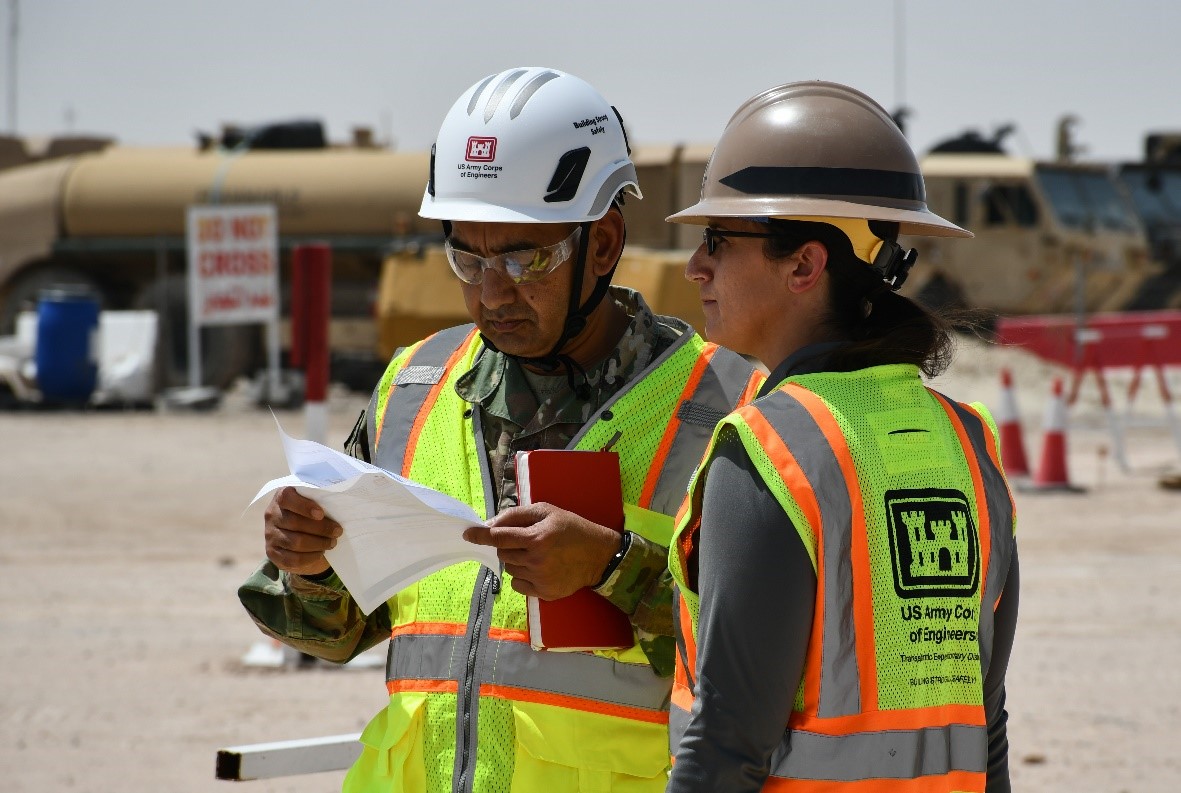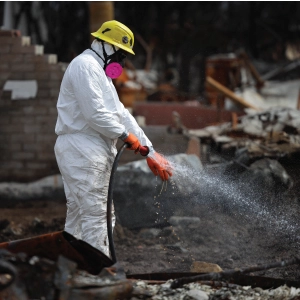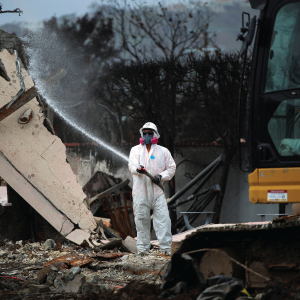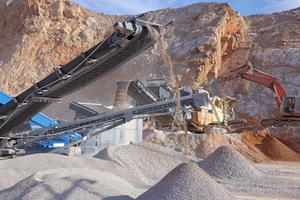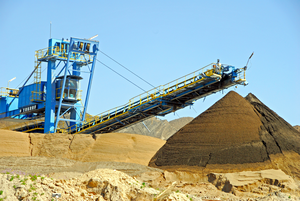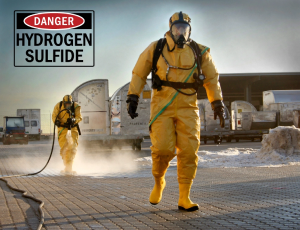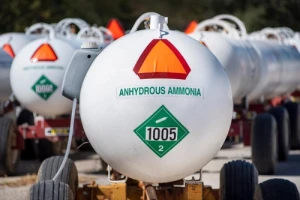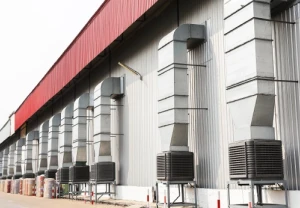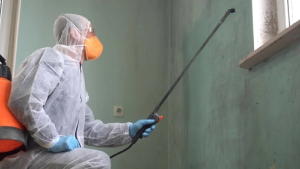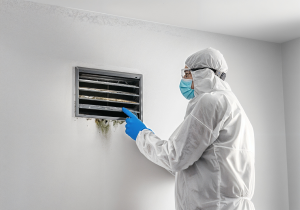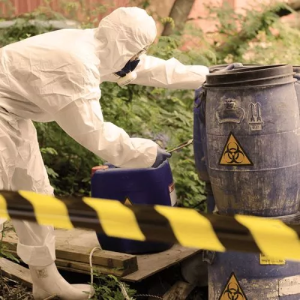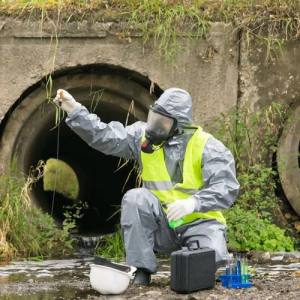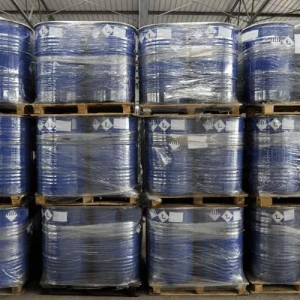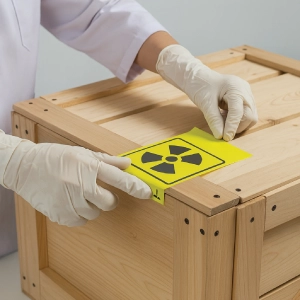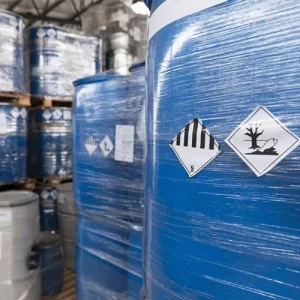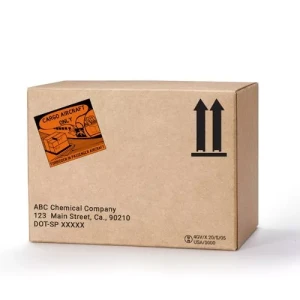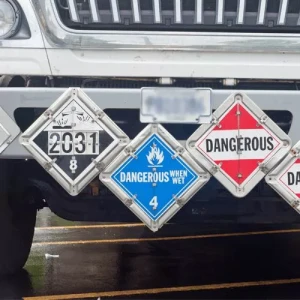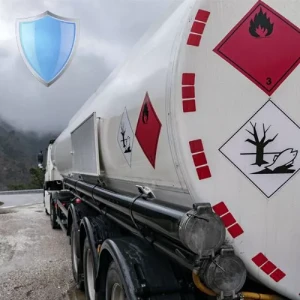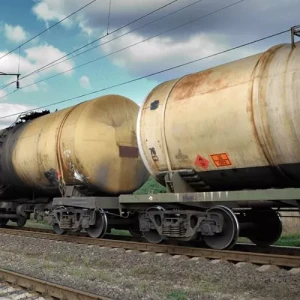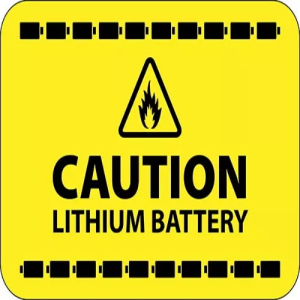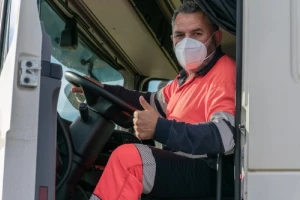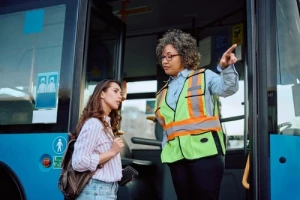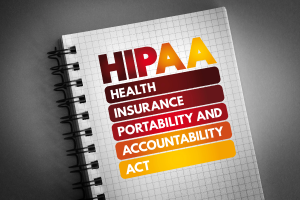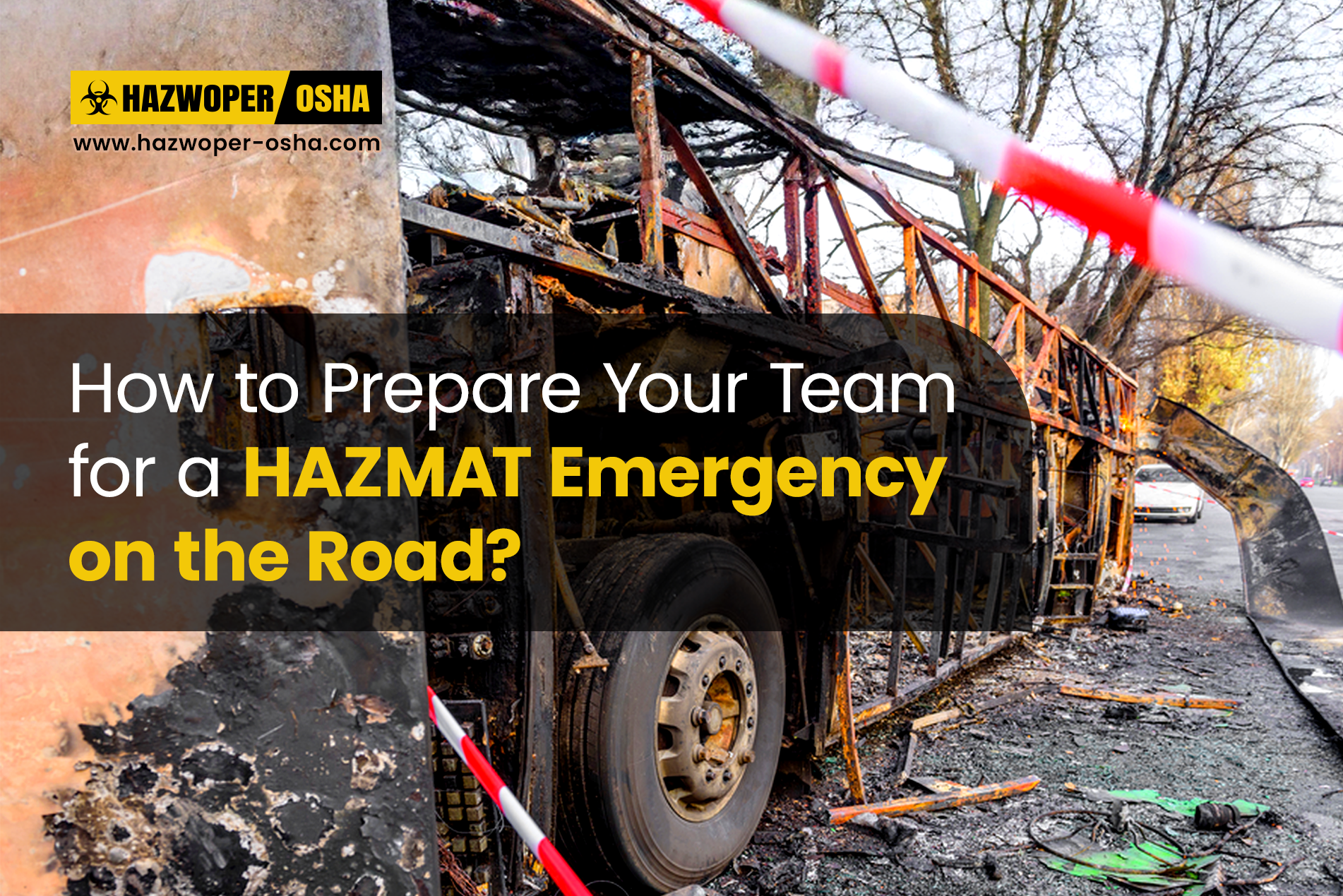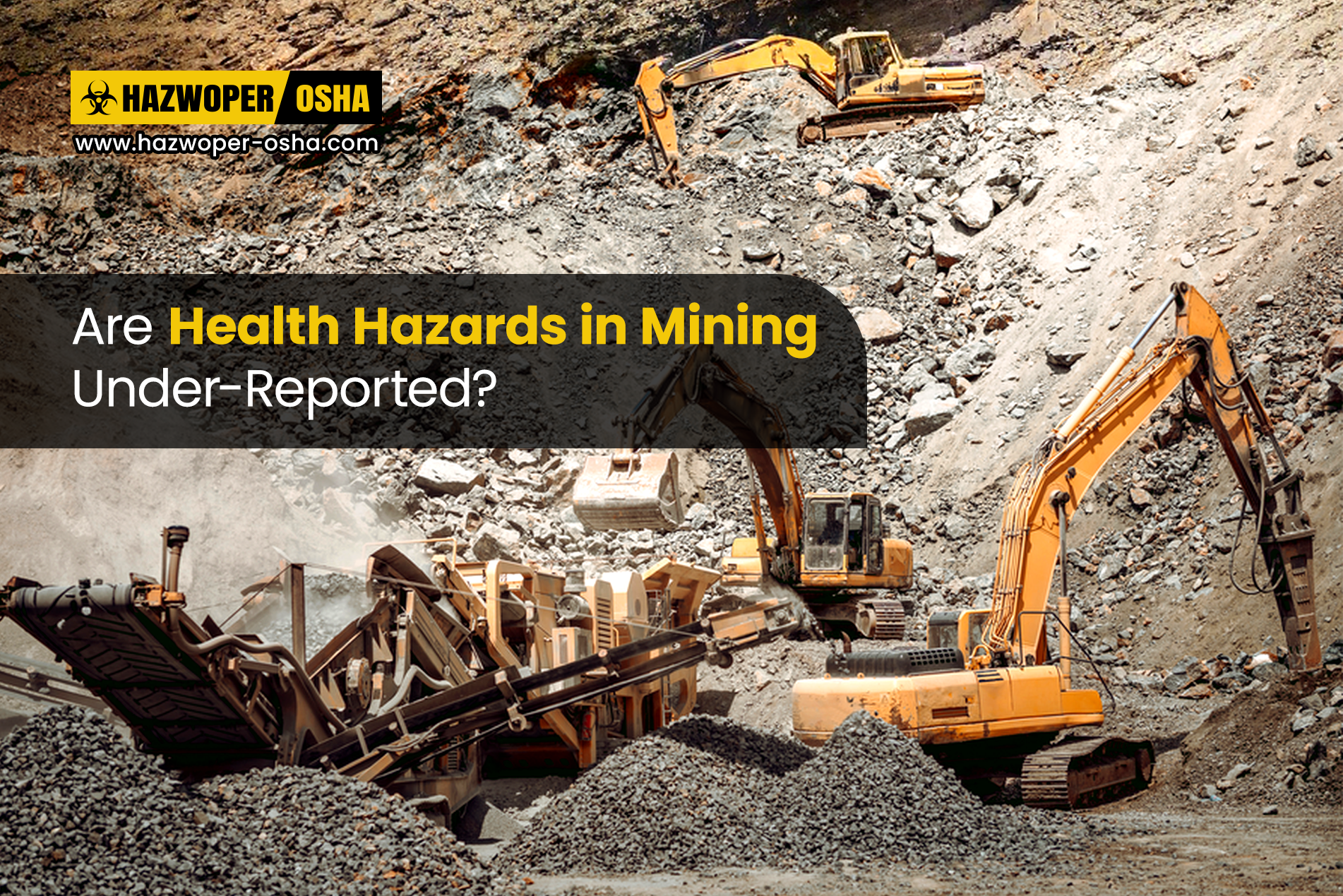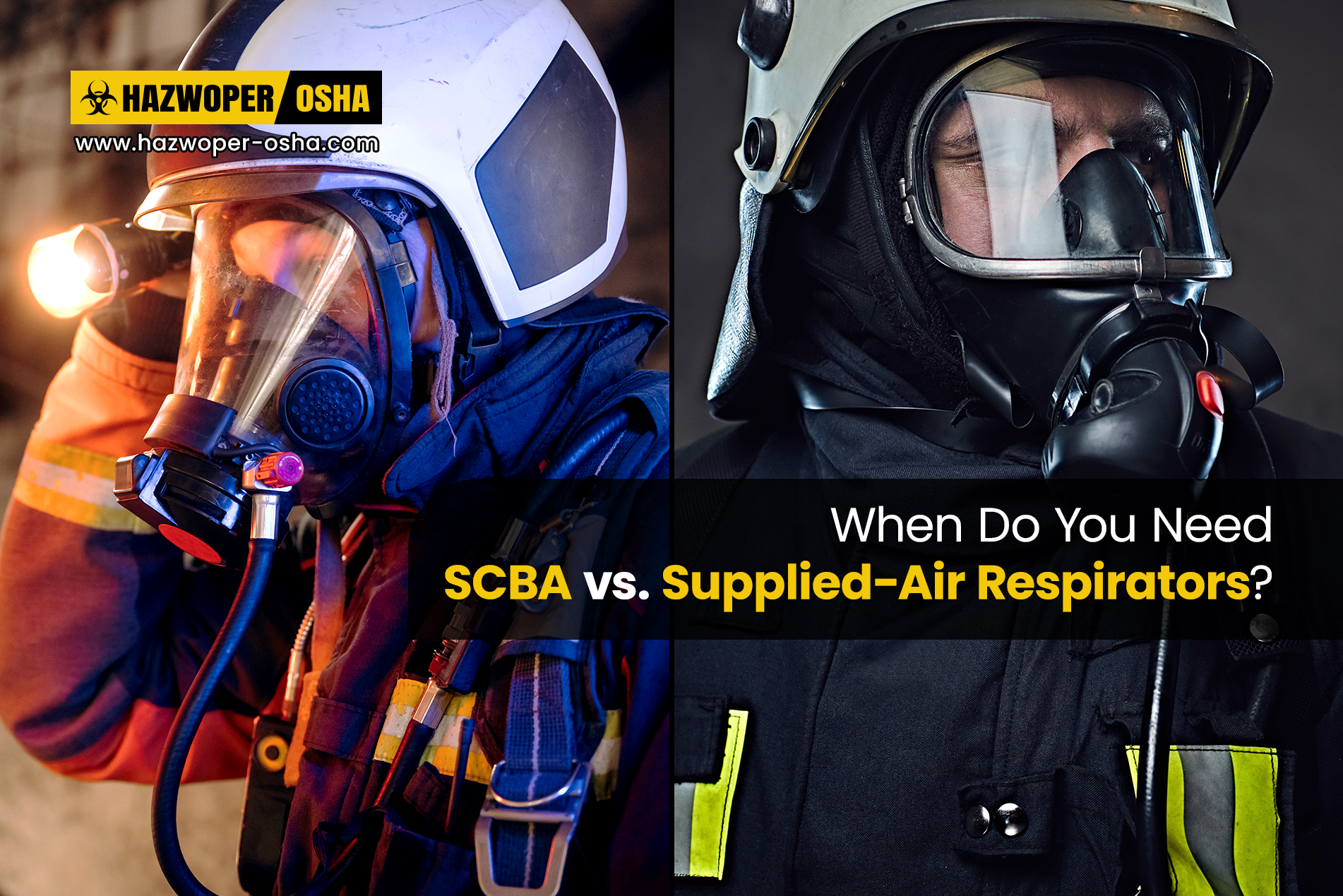OSHA’s Top 10 Most Cited Violations – How to Stay Compliant with HAZWOPER OSHA Training

Practical guidance on the most common OSHA citations—what causes them, how to prevent them, and where to verify requirements. Built for safety leaders who want results, not fluff.
Why This Matters
OSHA’s Top 10 aren’t trivia—they’re a roadmap of preventable failures. Citations lead to fines, downtime, injuries, and reputational damage. With targeted programs from HAZWOPER OSHA Training, you can close the gaps fast and stay audit‑ready.
| Standard | Common Name | FY 2024 Citations (approx.) |
|---|---|---|
| 1926.501 | Fall Protection – General | 6,307 |
| 1910.1200 | Hazard Communication | 2,470 |
| 1926.1053 | Ladders | 2,050 |
| 1910.134 | Respiratory Protection | 2,888 |
| 1910.147 | Lockout/Tagout | 2,443 |
| 1910.178 | Powered Industrial Trucks | 1,873 |
| 1926.503 | Fall Protection – Training | 2,573 |
| 1926.451 | Scaffolding | 2,248 |
| 1926.102 | Eye & Face Protection | 1,814 |
| 1910.212 | Machine Guarding | 1,541 |
Numbers are directional to show scale of risk and are consistent with public summaries of OSHA’s annual Top 10.
Fall Protection – General Requirements (1926.501)
Official: OSHA Fall Protection
Falls remain the #1 killer in construction. Typical failures: no guardrails at open sides/edges, missing covers over floor holes, improper personal fall arrest systems (PFAS), and no protection at required heights.
Prevention Checklist
- Provide guardrails, safety nets, or PFAS at required elevations.
- Cover and secure all holes; keep walking/working surfaces clean and dry.
- Inspect PFAS routinely; remove damaged gear from service.
- Train and document competency for every exposed worker.
Fall Protection – Training Requirements (1926.503)
Official: OSHA Fall Protection
Even when hardware is present, citations spike when training is absent or undocumented. Workers must recognize fall hazards and know how to use systems correctly.
Prevention Checklist
- Deliver initial and refresher training; keep signed rosters or LMS records.
- Evaluate proficiency; retrain after incidents or equipment changes.
- Appoint qualified/competent persons for oversight and inspections.
Hazard Communication (1910.1200)
Official: OSHA HazCom
Common gaps: no written HazCom program, incomplete chemical inventory, missing Safety Data Sheets (SDS), unlabeled secondary containers, and inconsistent training.
Prevention Checklist
- Maintain a written HazCom plan and current chemical list.
- Ensure GHS‑compliant labels for primary and secondary containers.
- Provide up‑to‑date SDS access to all shifts and locations.
- Train workers on hazards, labeling, and SDS navigation.
Ladders (1926.1053)
Official: OSHA Ladders
Misuse, damaged ladders, wrong angle, two‑in‑one improvisations—these drive injuries. Side rails must extend ≥ 3 ft above landing; never stand on the top step of a stepladder.
Prevention Checklist
- Inspect ladders before each use; remove defective units.
- Set proper angle (4:1), secure base/top, maintain three points of contact.
- Use the right ladder for the job and duty rating.
Respiratory Protection (1910.134)
Official: OSHA Respiratory Protection
Top issues: no written program, missing medical evaluations, no fit testing, wrong respirator selection, and poor maintenance.
Prevention Checklist
- Create and implement a written respiratory protection program.
- Provide medical evaluations and annual fit testing.
- Select respirators based on hazard assessment; maintain and replace as needed.
- Train users and document everything.
Lockout/Tagout – Control of Hazardous Energy (1910.147)
Official: OSHA LOTO
Frequent citations: no machine‑specific procedures, inadequate training, missing devices, skipped annual audits, and not verifying zero energy before work.
Prevention Checklist
- Write equipment‑specific energy control procedures; keep them accessible.
- Issue locks/tags; train authorized, affected, and other employees.
- Perform and document annual LOTO inspections.
- Verify isolation—test for zero energy every time.
Powered Industrial Trucks – Forklifts (1910.178)
Official: OSHA PIT
Root causes: untrained operators, poor pedestrian control, skipped pre‑use inspections, unsafe speeds, and operating defective equipment.
Prevention Checklist
- Train and certify operators; evaluate performance at least every 3 years.
- Complete documented pre‑shift inspections; remove unsafe trucks.
- Enforce speed limits, seatbelts, horn use, and clear pedestrian aisles.
Scaffolding (1926.451)
Official: OSHA Scaffolding
Typical failures: incomplete platforms, missing guardrails, weak foundations, no safe access, and lack of competent person oversight.
Prevention Checklist
- Erect/dismantle under a qualified person; ensure competent person inspections.
- Provide full planking, guardrails, midrails, and toe boards.
- Use proper base plates, mud sills, and tie‑ins; control falling objects.
Eye & Face Protection (1926.102)
Official: OSHA PPE
Violations stem from missing hazard assessments, wrong PPE for the task, poor maintenance, and inconsistent use.
Prevention Checklist
- Conduct and document hazard assessments; post eye‑protection areas.
- Issue ANSI‑approved eyewear/face shields matched to hazards.
- Train, fit, and replace PPE; address fogging/comfort so usage sticks.
Machine Guarding (1910.212)
Official: OSHA Machine Guarding
Exposures occur when guards are missing, removed, or misadjusted. Legacy machines lacking OEM guards are common problem areas.
Prevention Checklist
- Guard points of operation and power transmission; add interlocks or light curtains where needed.
- Prohibit bypassing/removing guards; lockout before servicing.
- Train operators and audit machines routinely.

 EN |
EN |  ES
ES